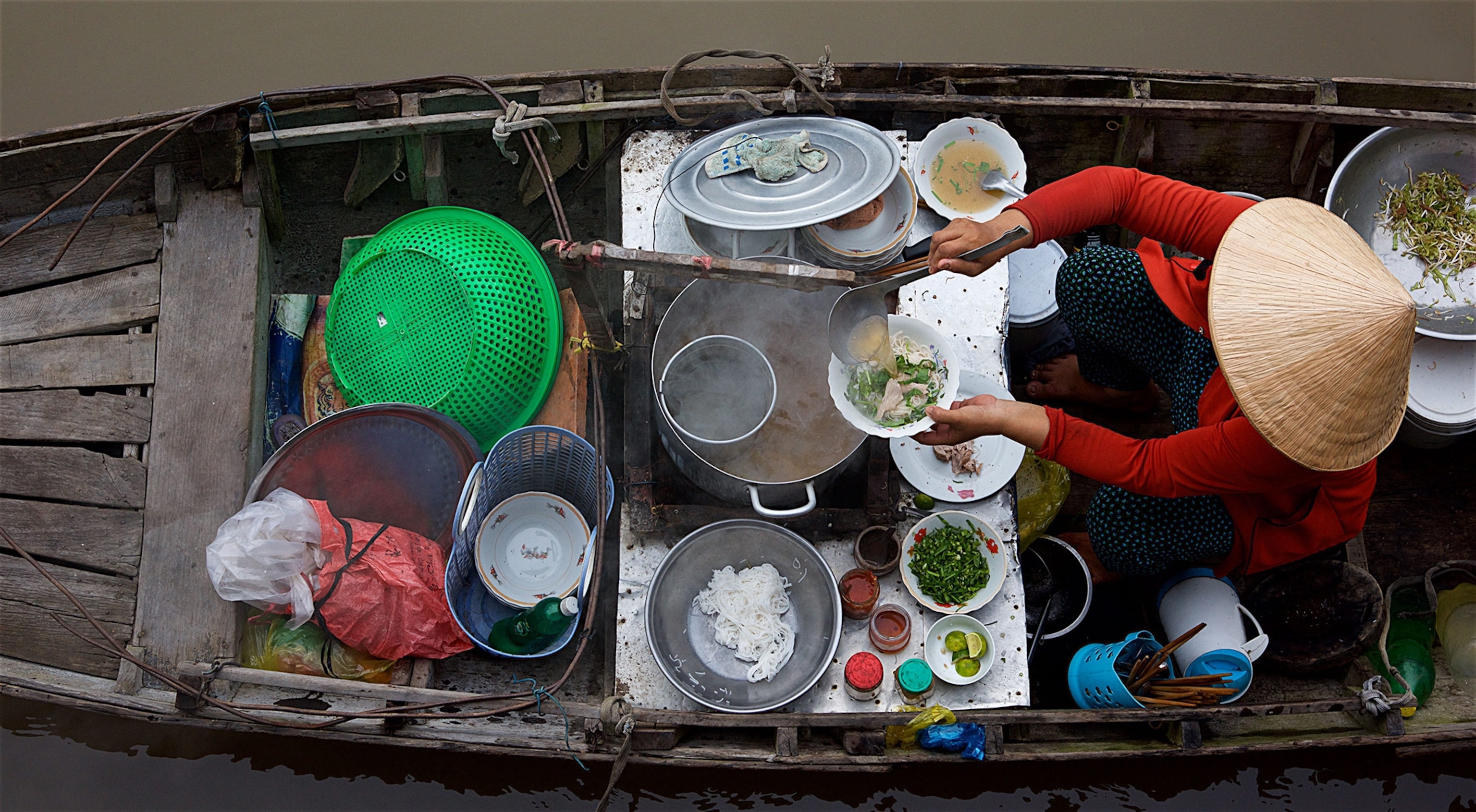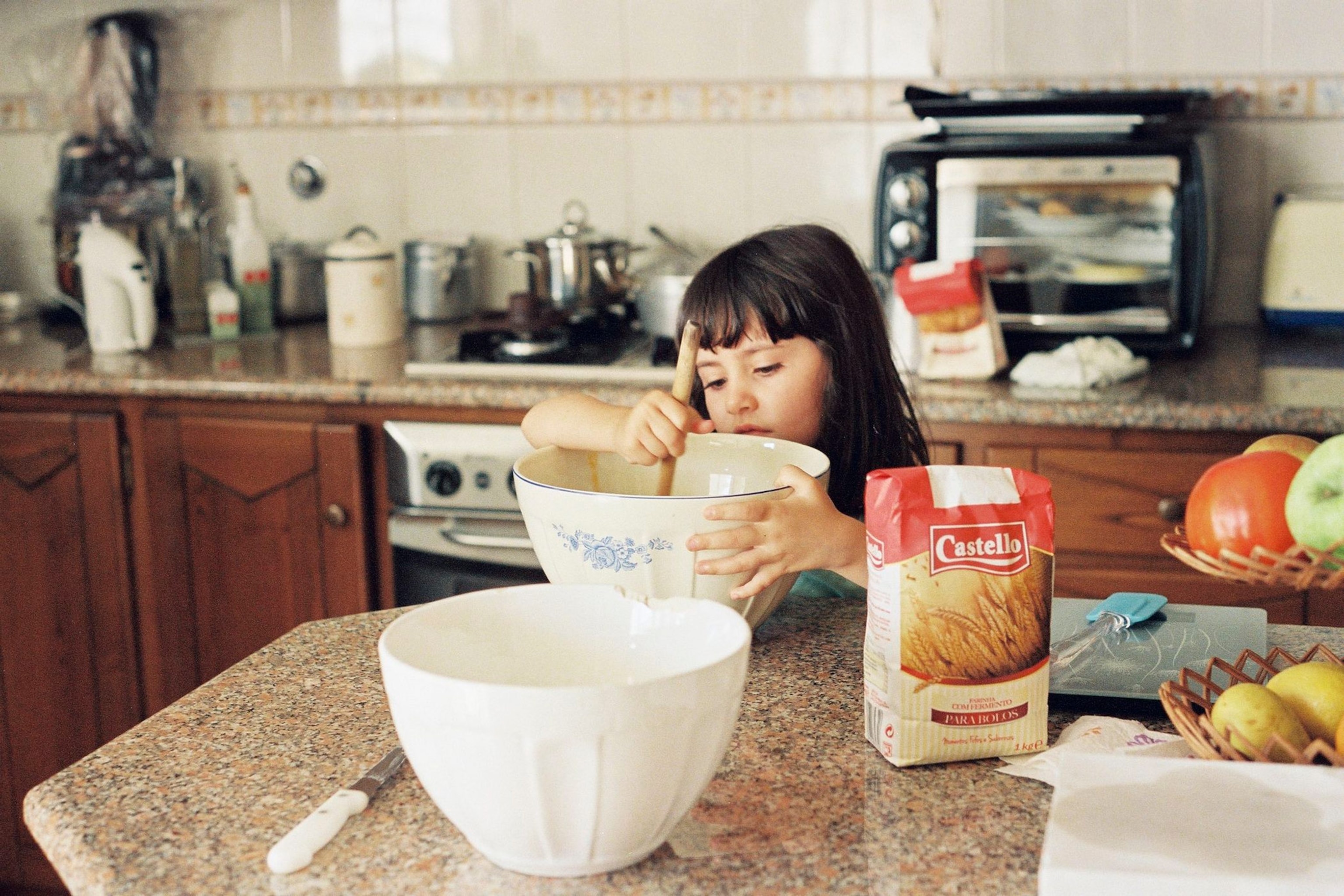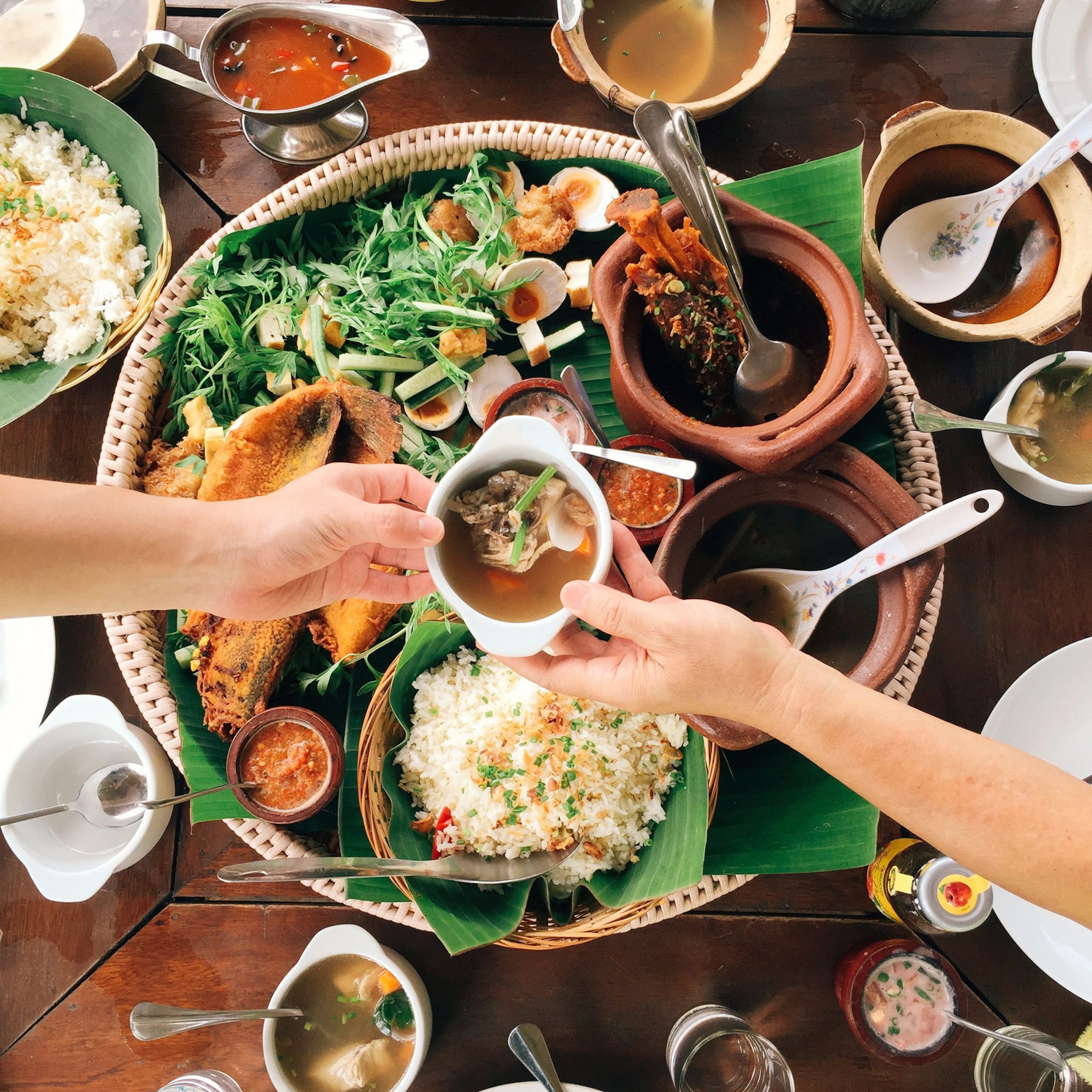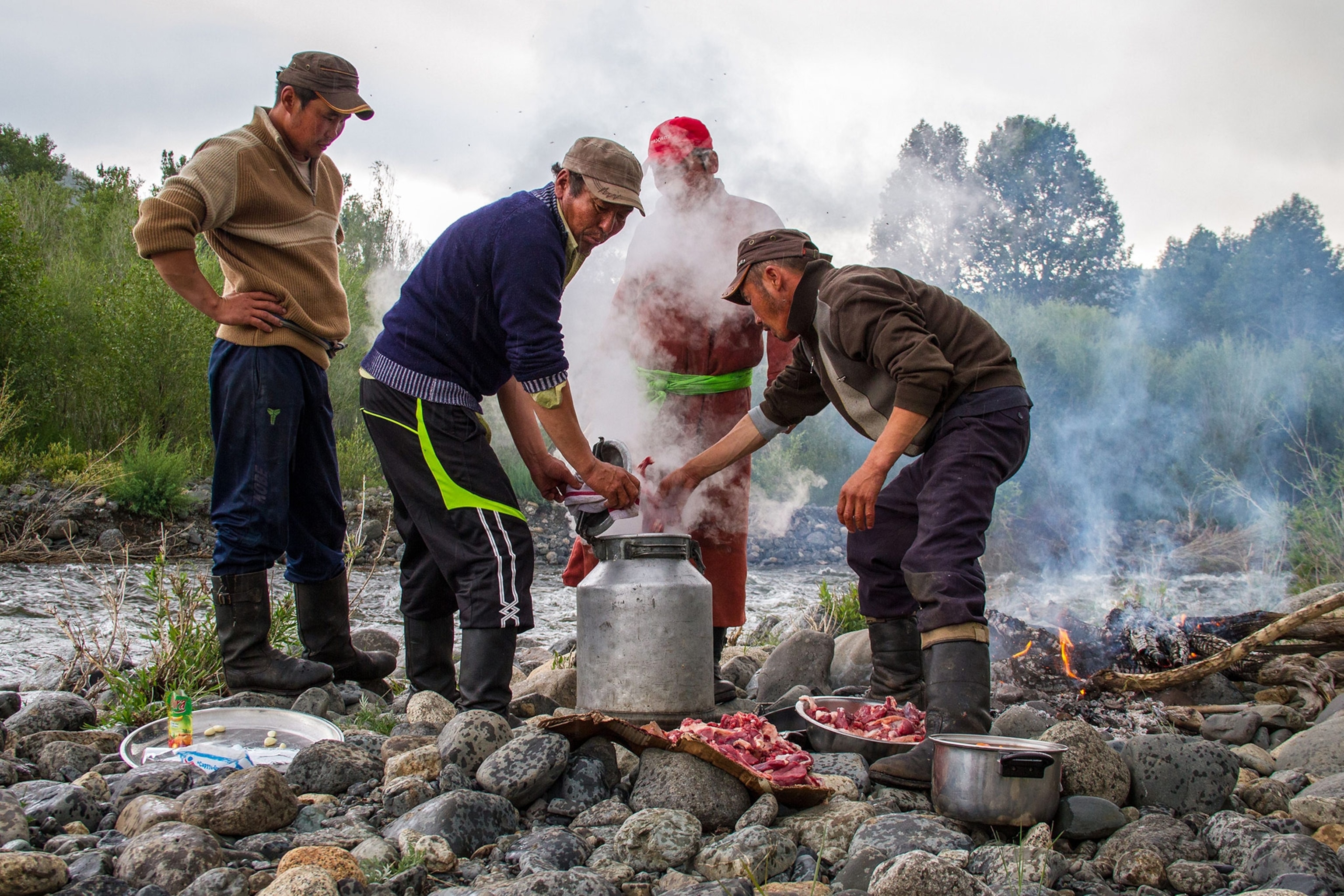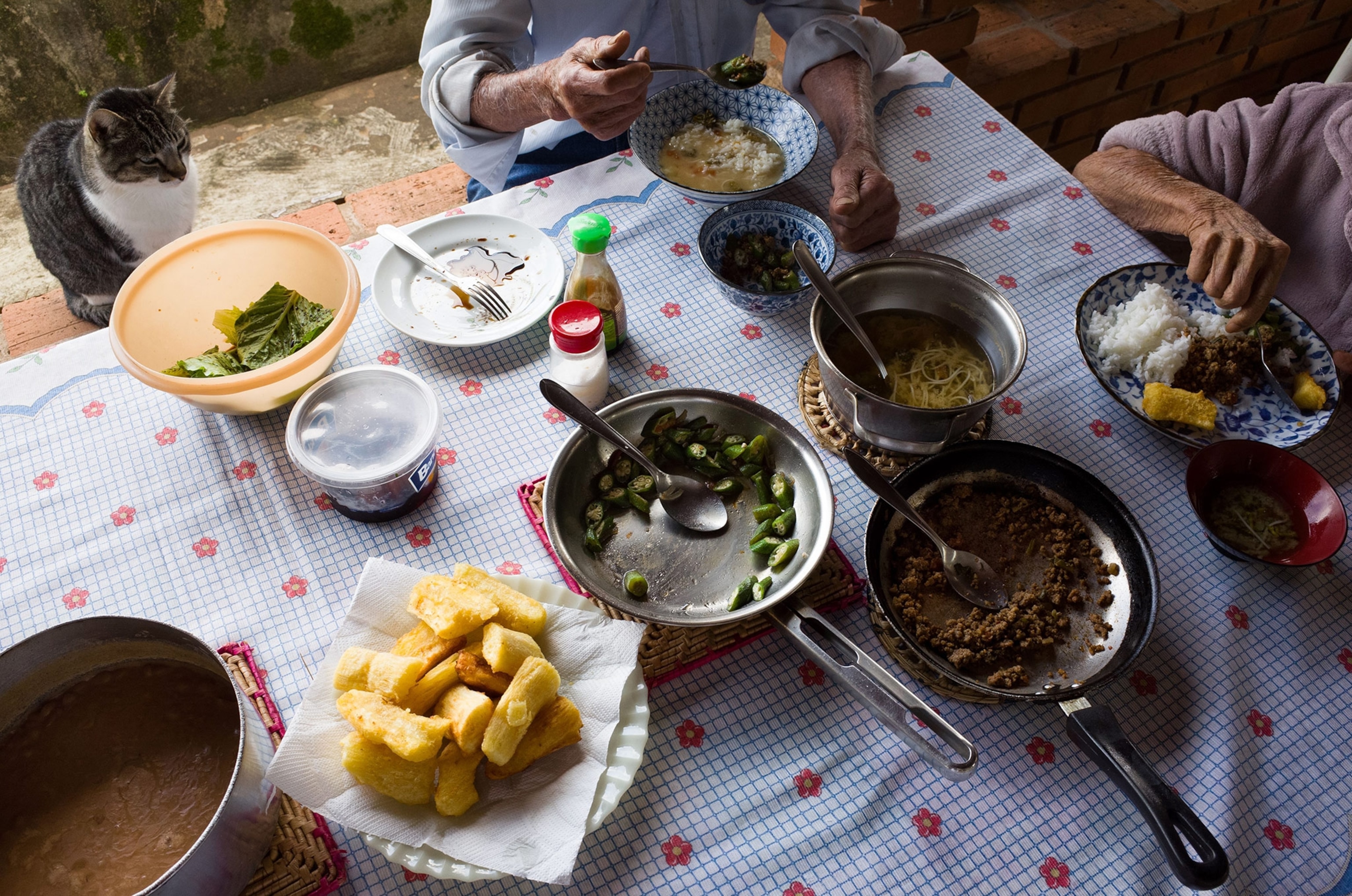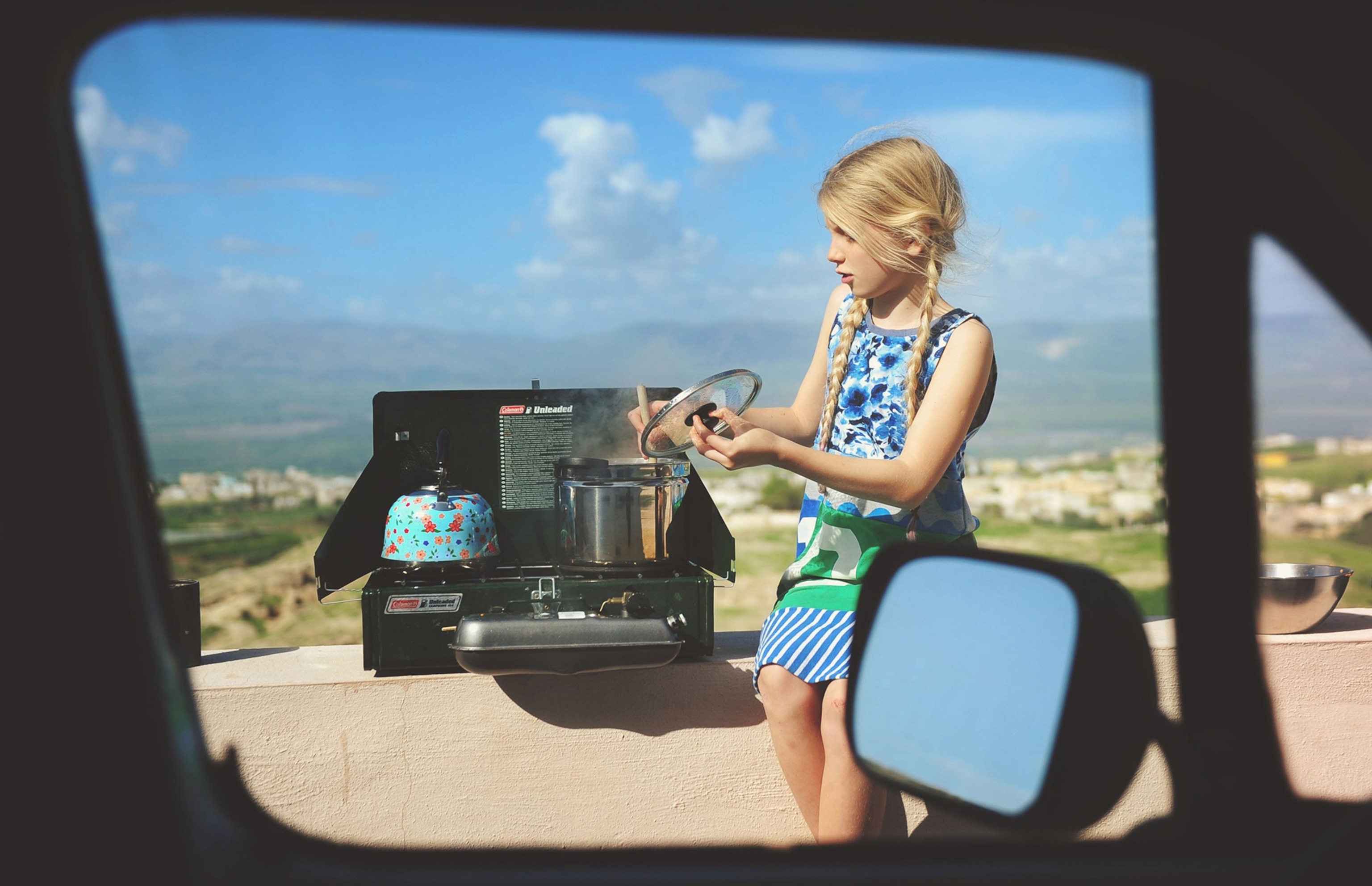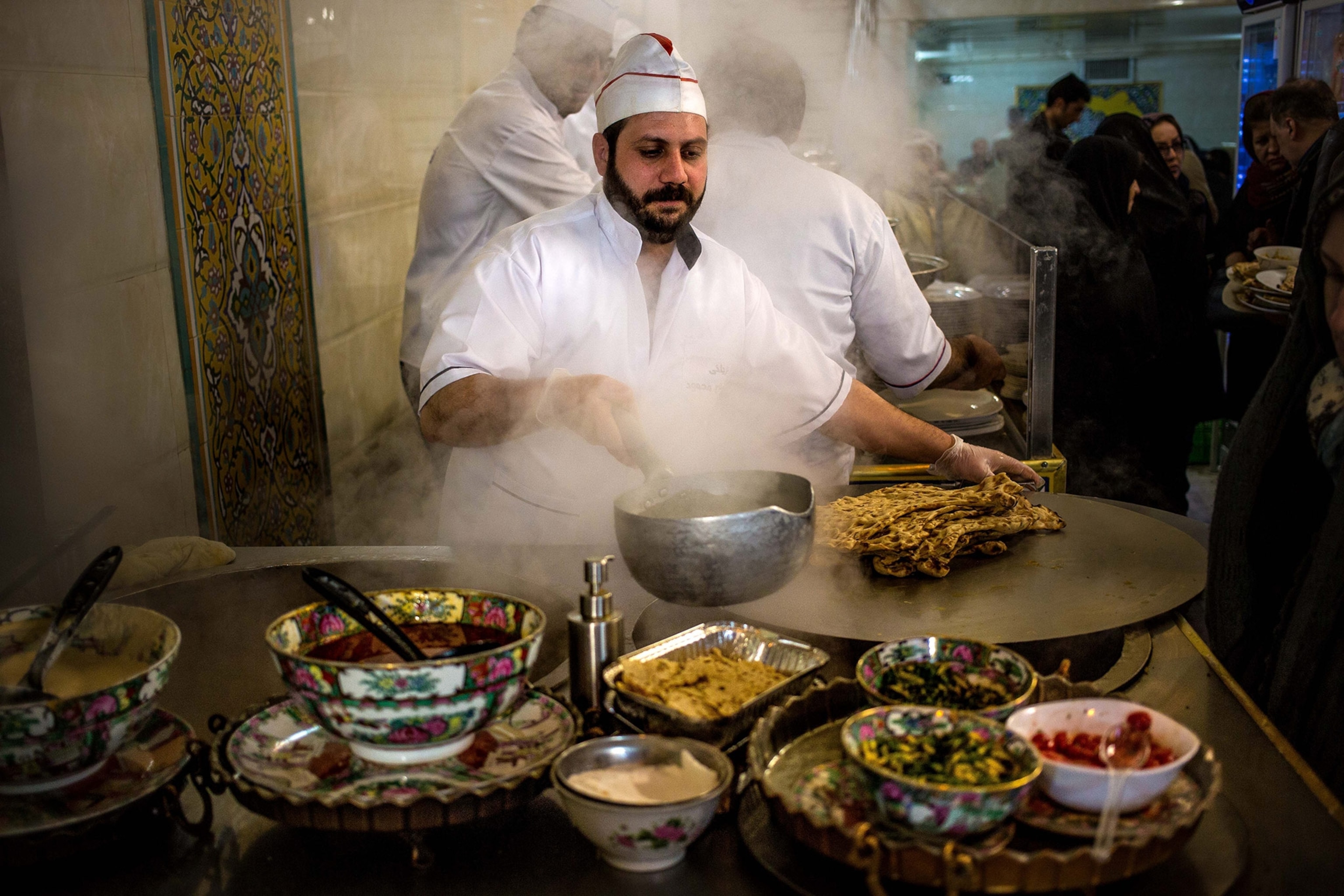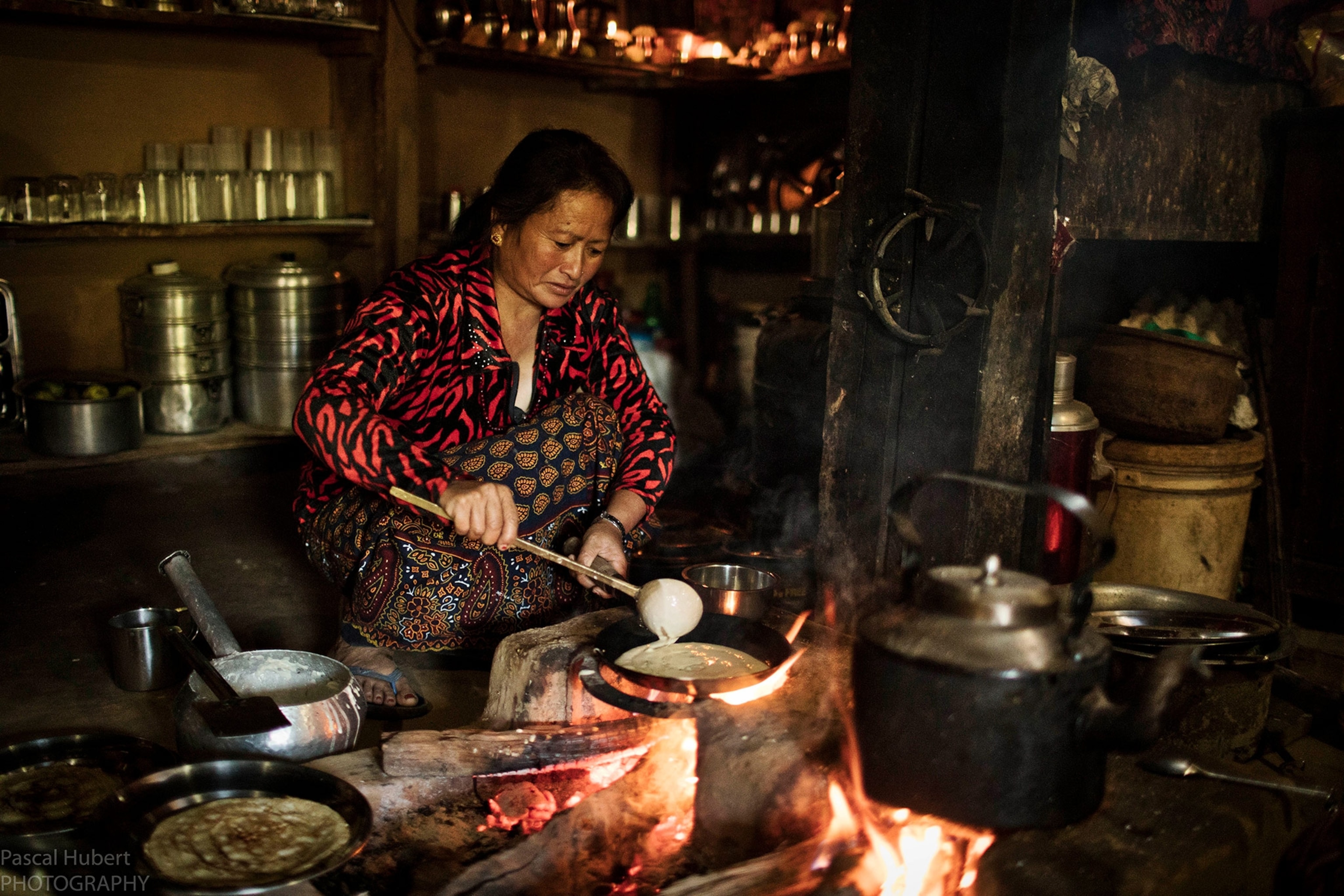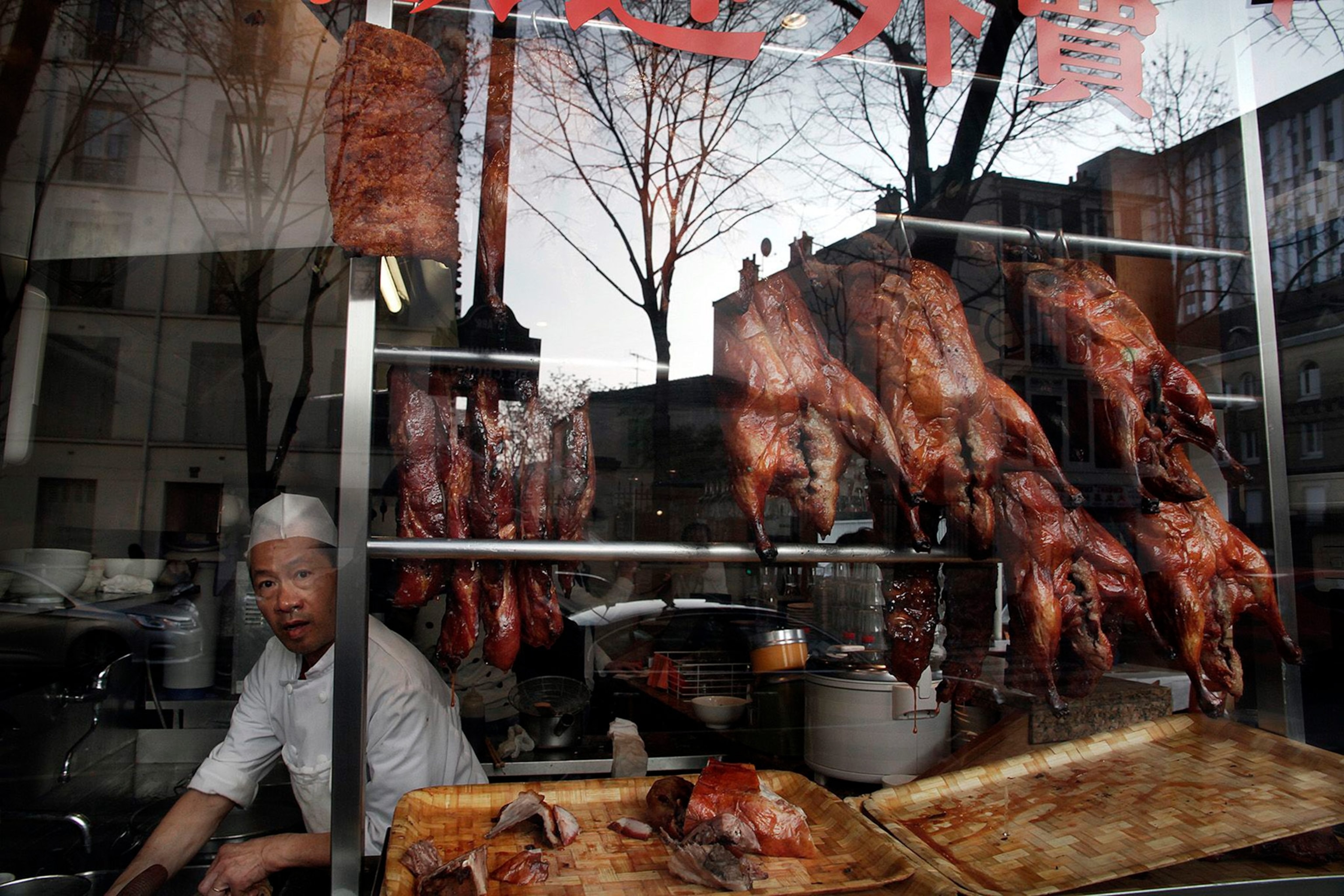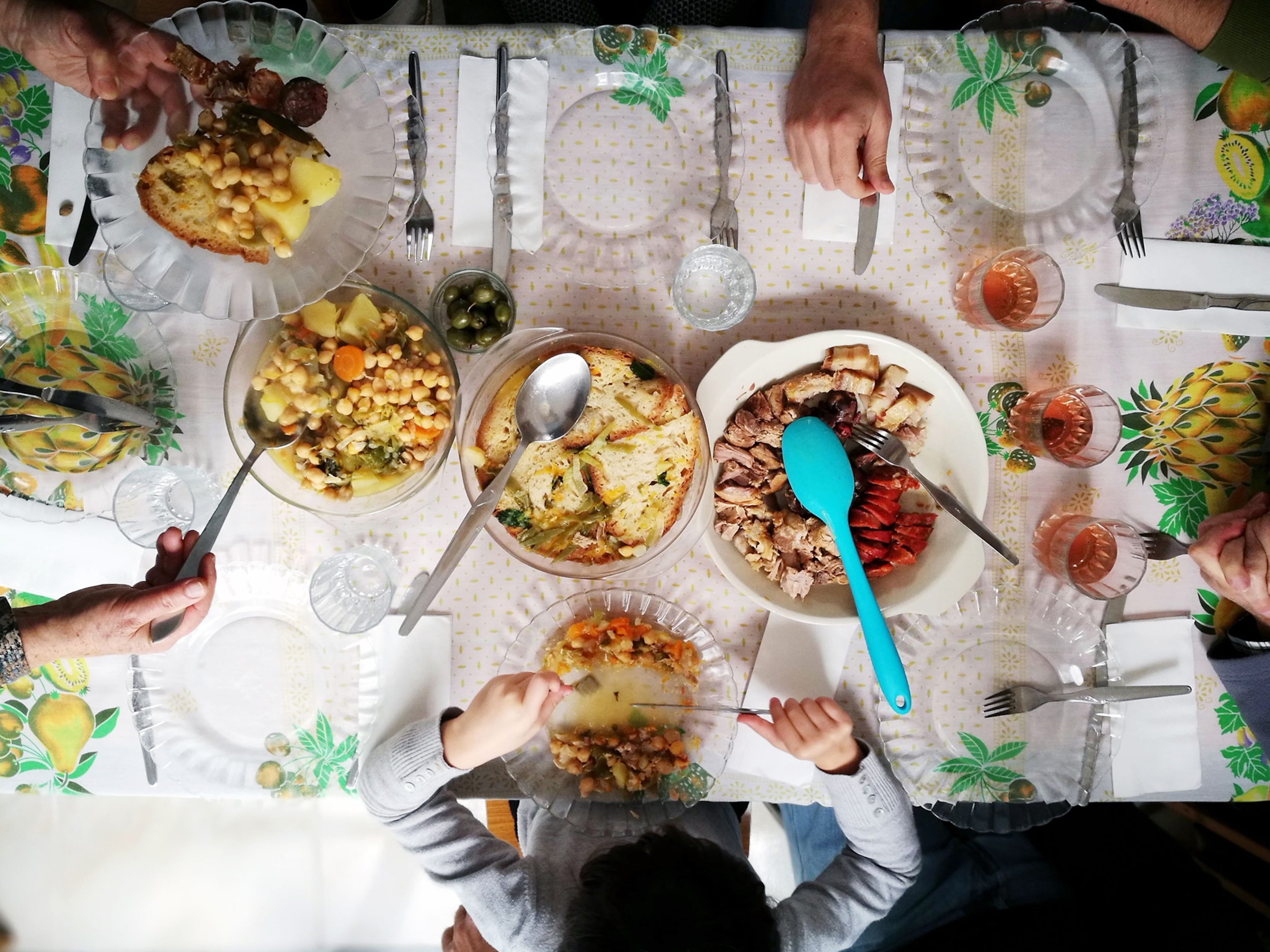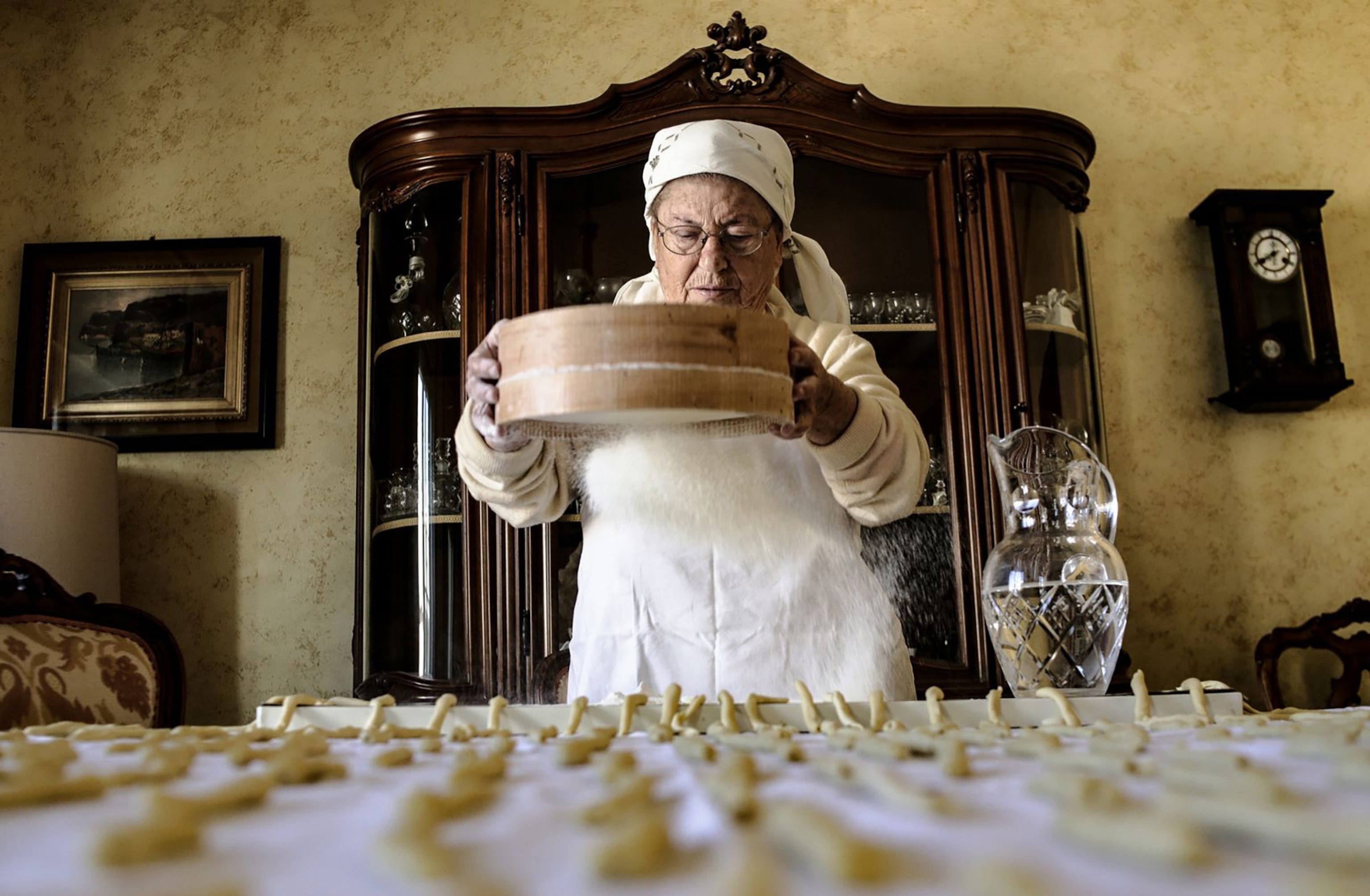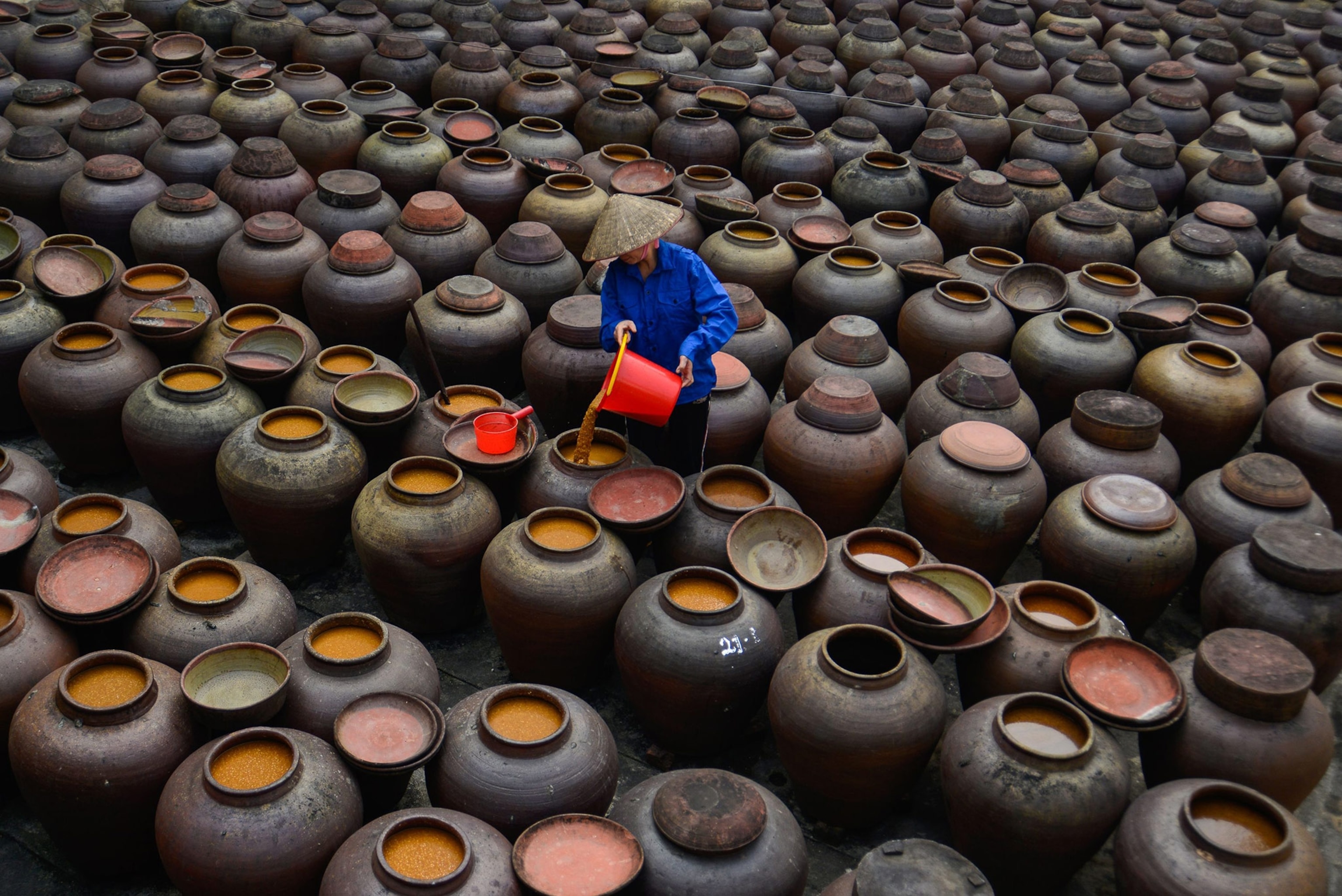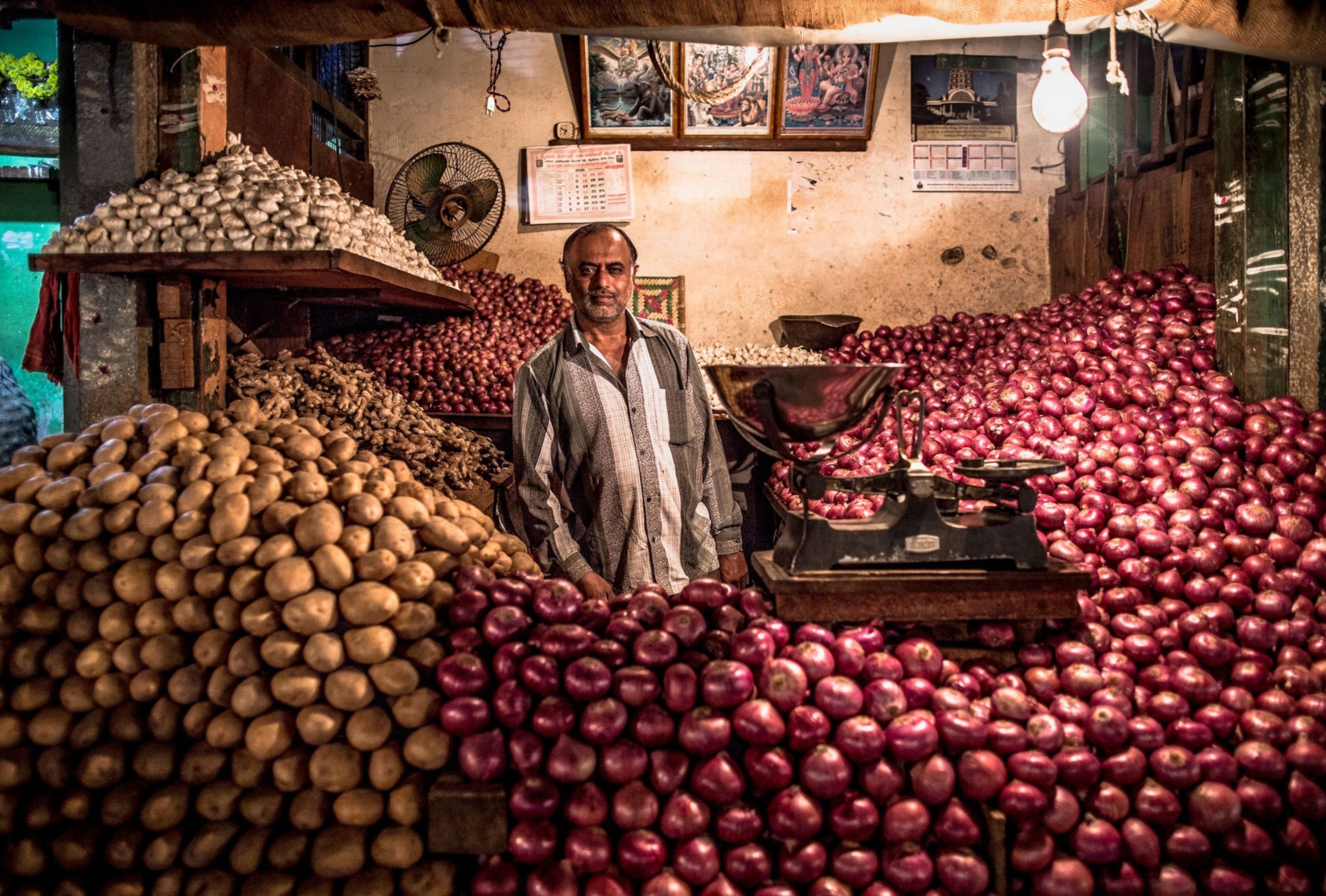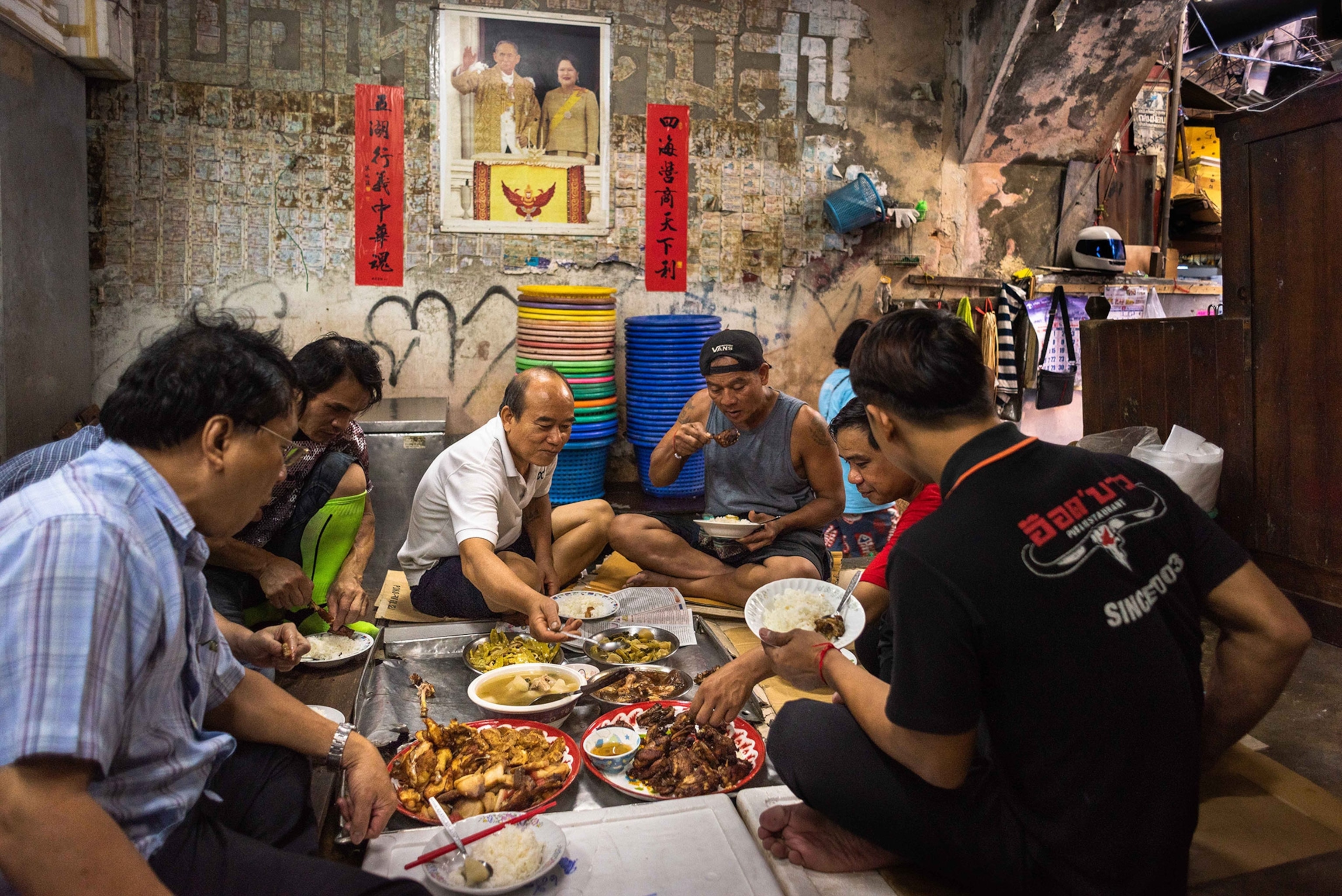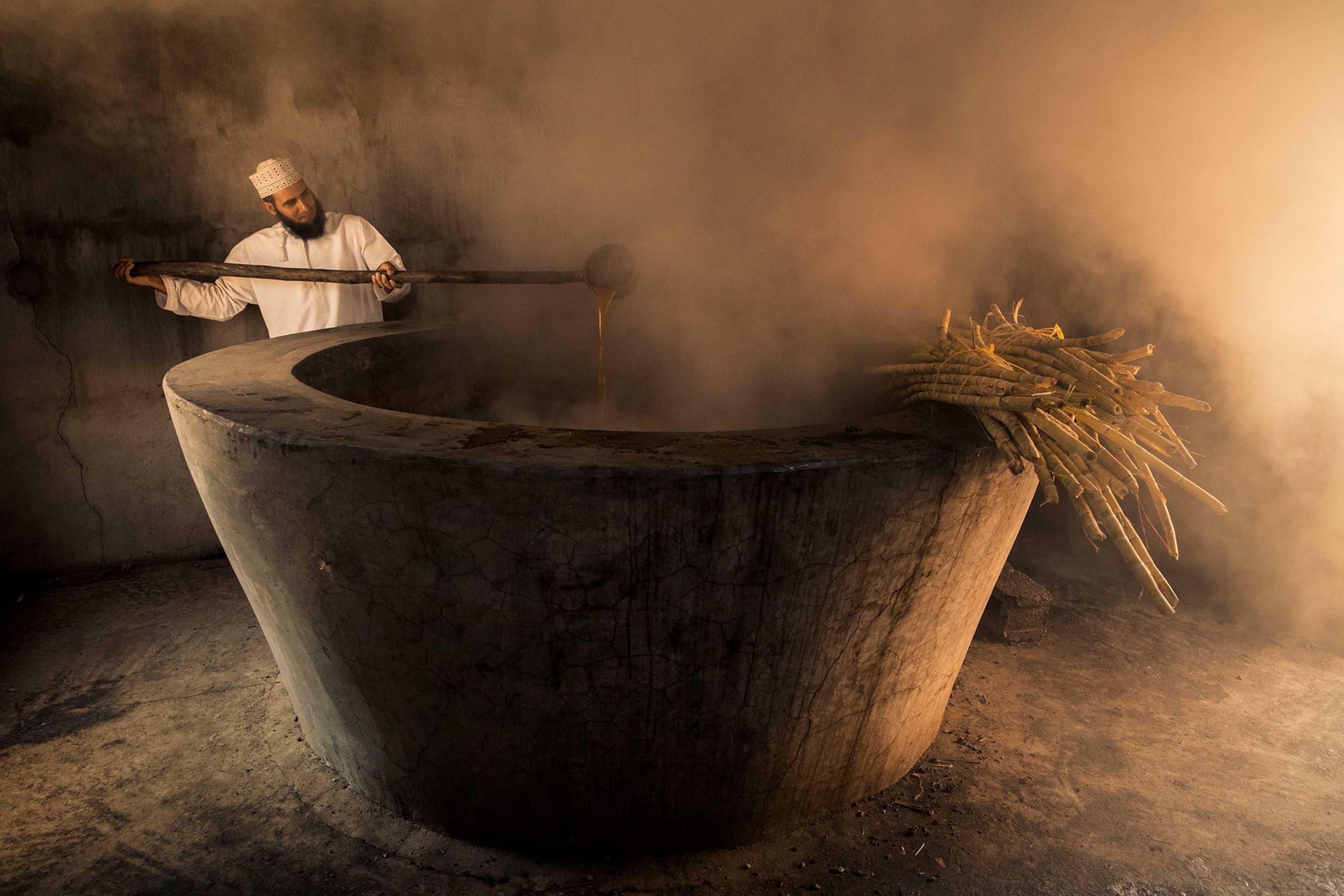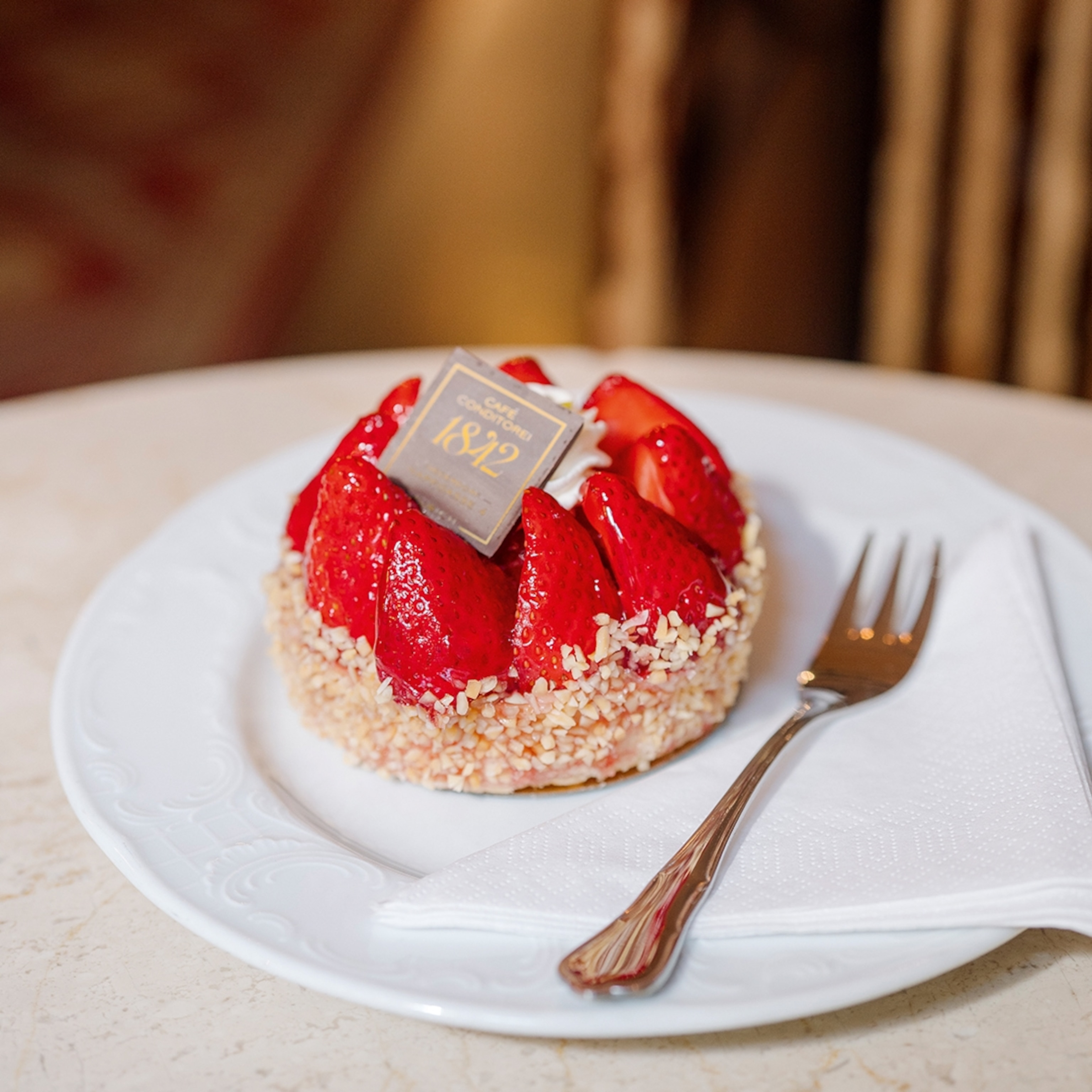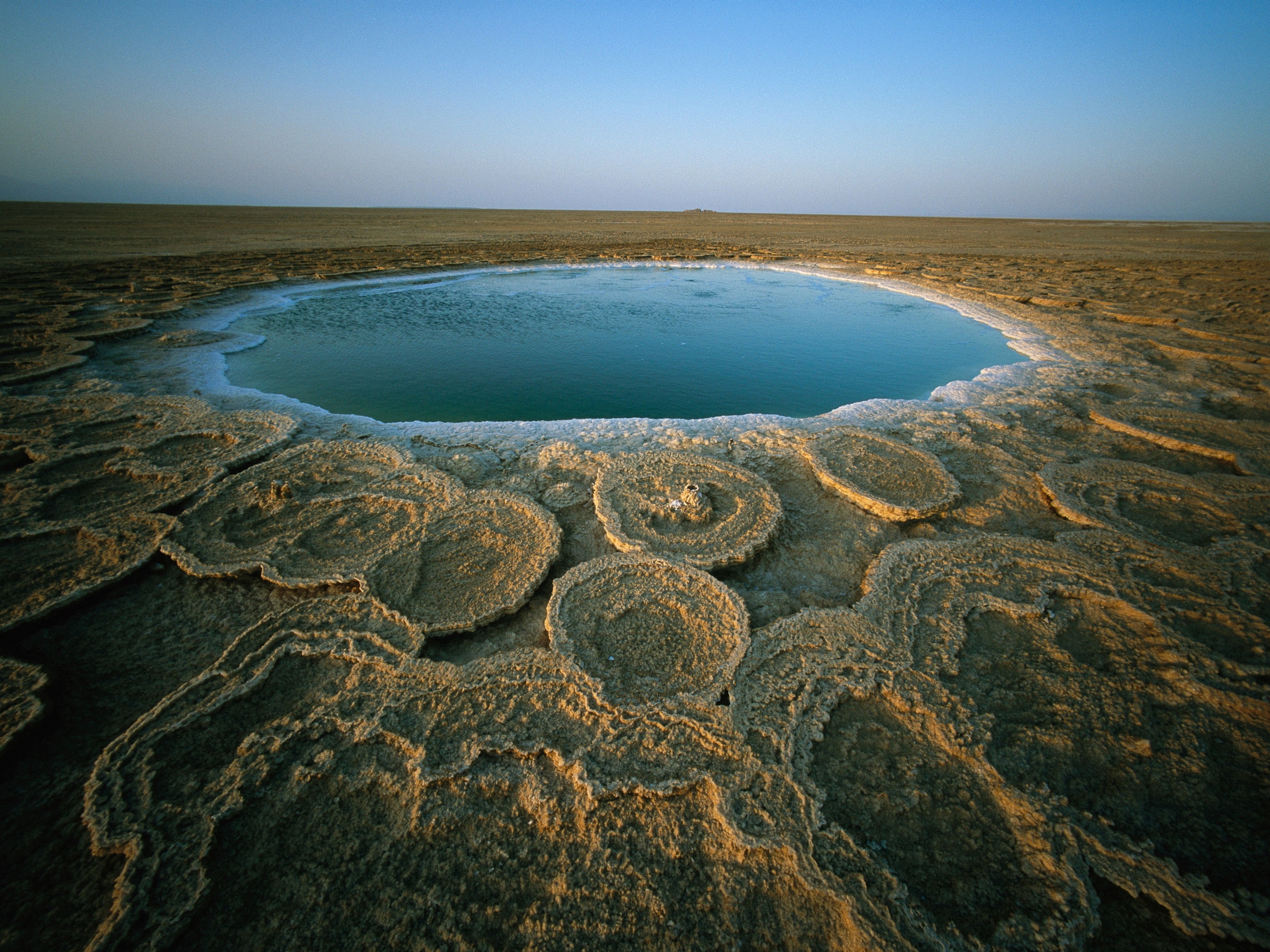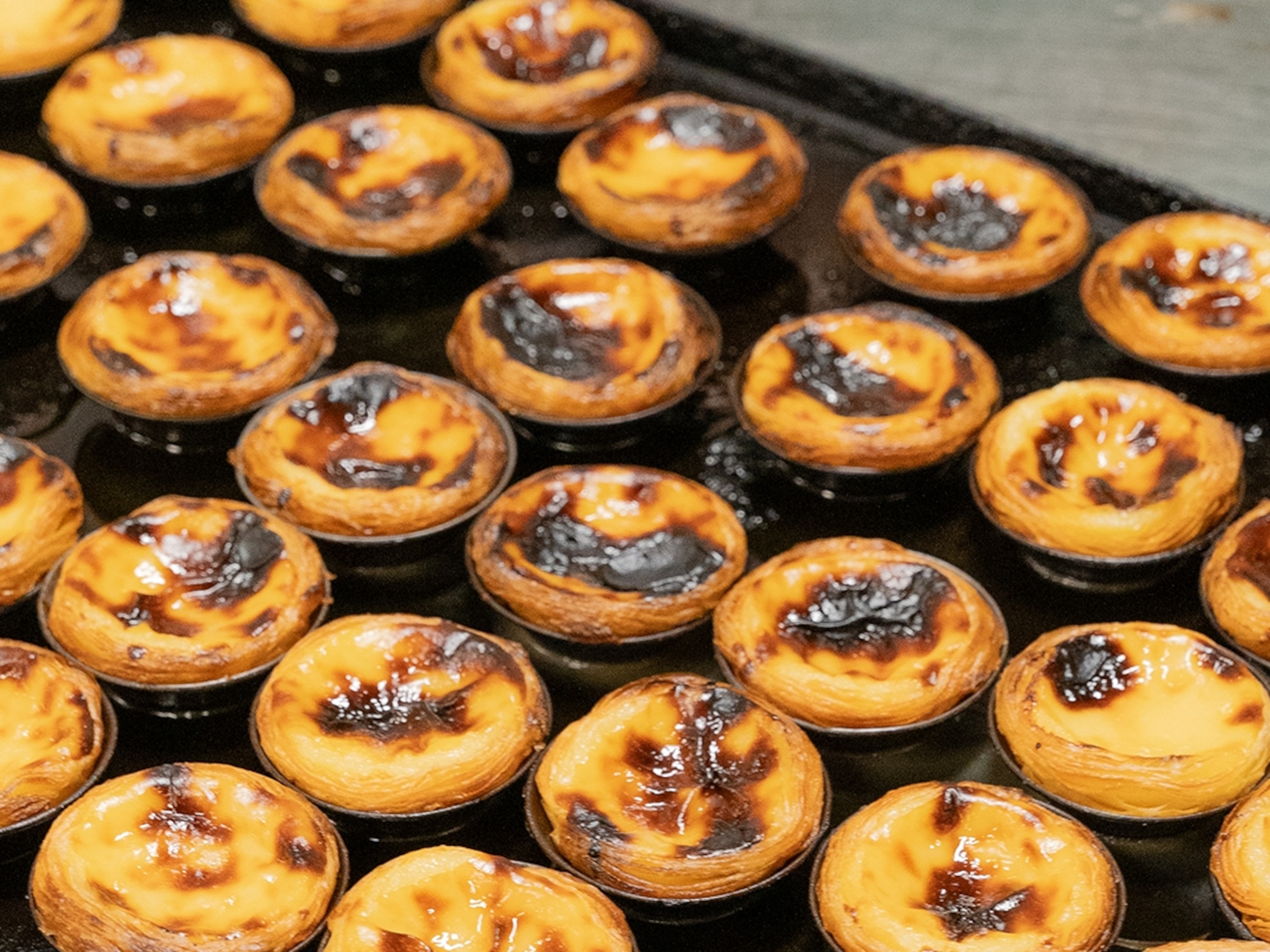
Explore the world through 9 different breads
French baguettes, South Asian chapati, German pumpernickel, and six other loaves tell tales of culture, cuisine, and history.
Approximately 14,400 years ago, a baker in current-day Jordan burnt a round of unleavened bread. In 2018, it was found—charred and initially unidentifiable—in an ancient fireplace in the Black Desert. Up until this moment, bread consumption was thought to have started much later, after the advent of grain farming around 10,000 years ago. However, this discovery suggested hunter-gatherers were making bread long before they settled around arable farms. In short, it shook up accepted notions of just how long bread has been in our lives.
Despite a 21st-century craze for low carbs and a rising populace of gluten-avoiders, bread seems to be making a comeback. Perhaps it’s the popularity of The Great British Baking Show or the fact that, in unsettled times, the simple act of mixing flour, water, maybe some yeast, and human effort produces a food at once tasty and comforting. From southern American cornbread to south Asian roti, bread has a permanent place on our plates and in our hearts. Here are some ways to taste it around the world.
Asian roti, on the road
A roti flatbread (also known as chapati, phulka, or maani) may seem simple: an unleavened bread that can double as both a plate and spoon for whatever it’s eaten with. But the roti tells a complex story of early farming and trade routes, as well as slave trading, indentured servitude, and mass migration. While it’s been part of diets in India and Pakistan for centuries, over the last 500 years of European colonization, roti followed the communities dragged away from their homelands in south Asia. Today it’s a staple in Sri Lanka, Thailand, Malaysia, and Indonesia, and important to people of South Asian descent in South Africa and across the Caribbean.
Related: Follow a photographer’s delicious, bread-filled journey through Pakistan.
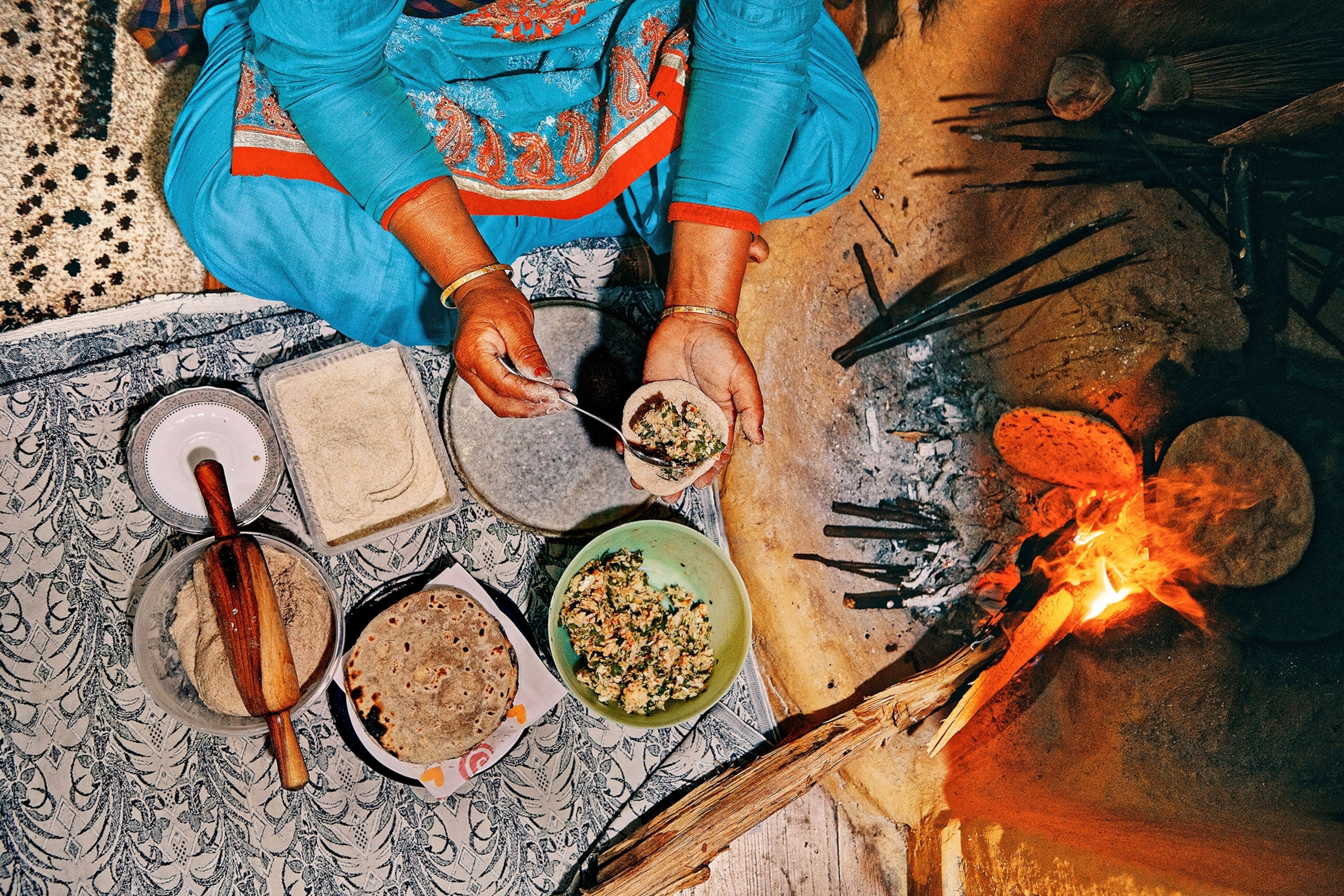
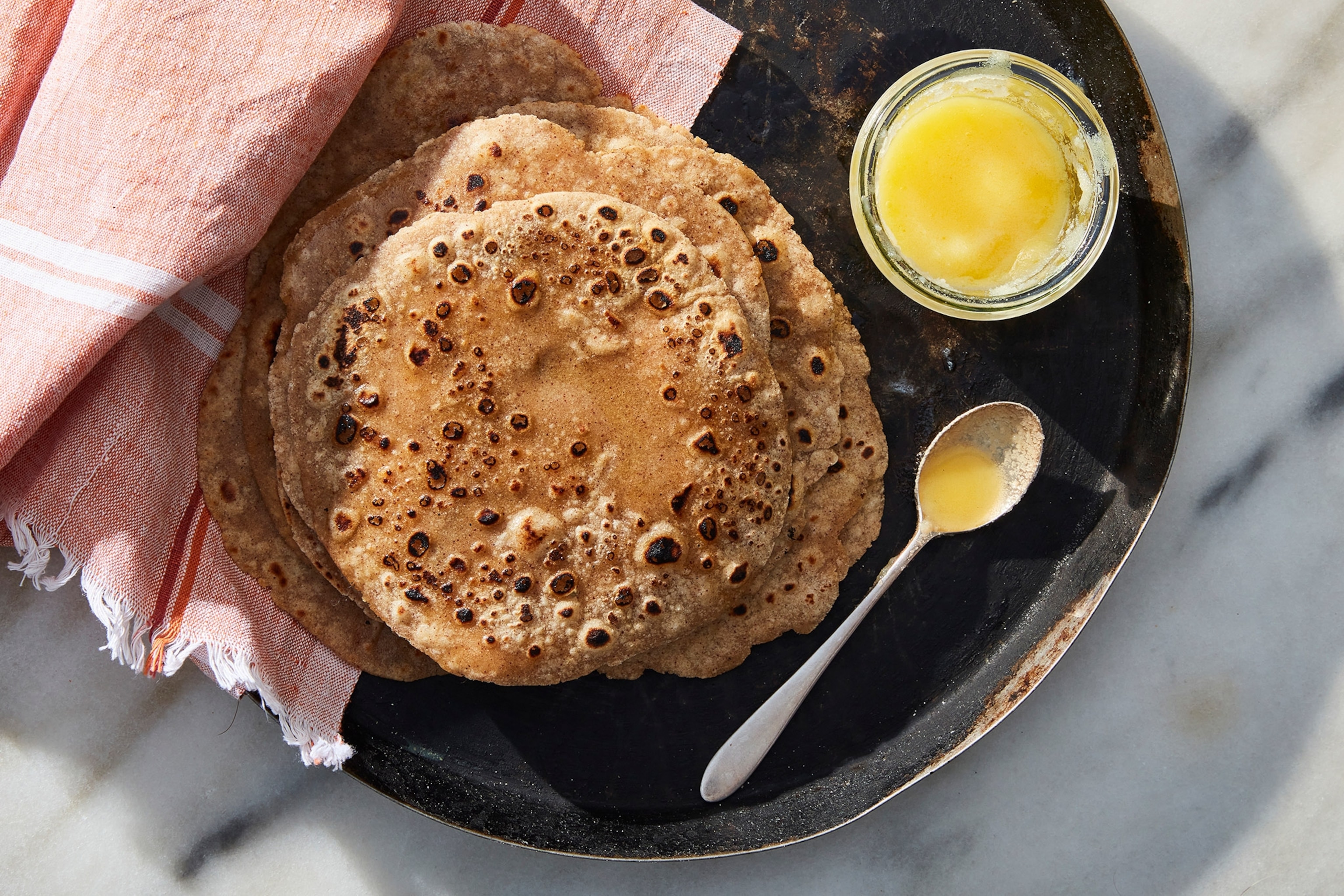
Twice-baked loaves in Sardinia
As far back as 3,000 years ago, Sardinian shepherds would head into the hills laden with parcels of pane carasau to sustain them. Also known as carta di musica—meaning “music sheet”—in reference to its thinness, it could keep for up to a year. Recently, archaeologists have found traces of this bread—still a Sardinian staple—in many of the megalithic stone dwellings scattered across the island. It’s made from durum wheat dough rolled into paper-thin circles and baked in wood-burning ovens. As they puff up like balloons, the still-soft rounds are each split into two discs, flattened, and baked a second time until crisp.
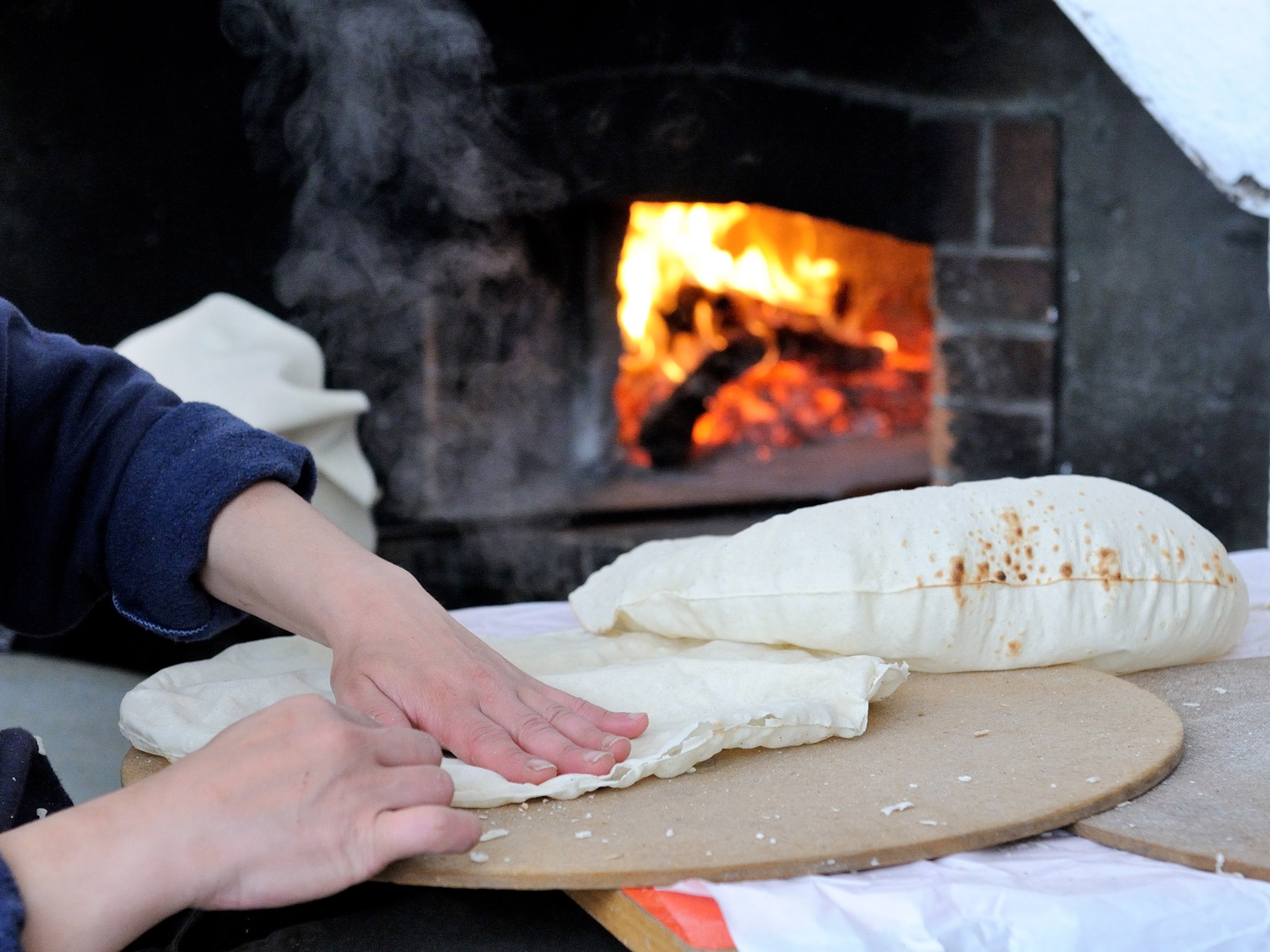
Make peace with Lebanese man’oushe
There are plenty of places in Beirut, Lebanon, to get man’oushe, a za’atar-speckled flatbread traditionally served in the morning. But if you like your breakfast to have an impressive civic legacy, head to the Souk el Tayab farmers’ market. It was founded in 2004 by Kamal Mouzawak as a means of uniting communities splintered along ethnic and religious lines after years of conflict, while also empowering women in particular to profit from their regional produce. Under the banner Make Food, Not War, the market has also helped to keep ancient culinary traditions—like proper man’oushe-making—alive.
Cornbread down south
Until industrial milling came to southern United States in the early 20th century, nobody used wheat flour or sugar for cornbread; stone- or water-ground cornmeal had enough flavor and texture when mixed with just eggs, butter, buttermilk, and maybe a leavening agent. But the new steel mills ground corn more finely, and the heat of the rollers robbed it of its flavor, resulting in bland, crumbly cornbread. In response, some cooks began adding wheat to hold it together, and sugar for taste. Others, however, dismissed the result as a cake. Today, if you want to start an argument in the South, this is a topic that’ll do it.
Related: These Southern restaurants can satisfy your cravings for grits, gumbo, and more.
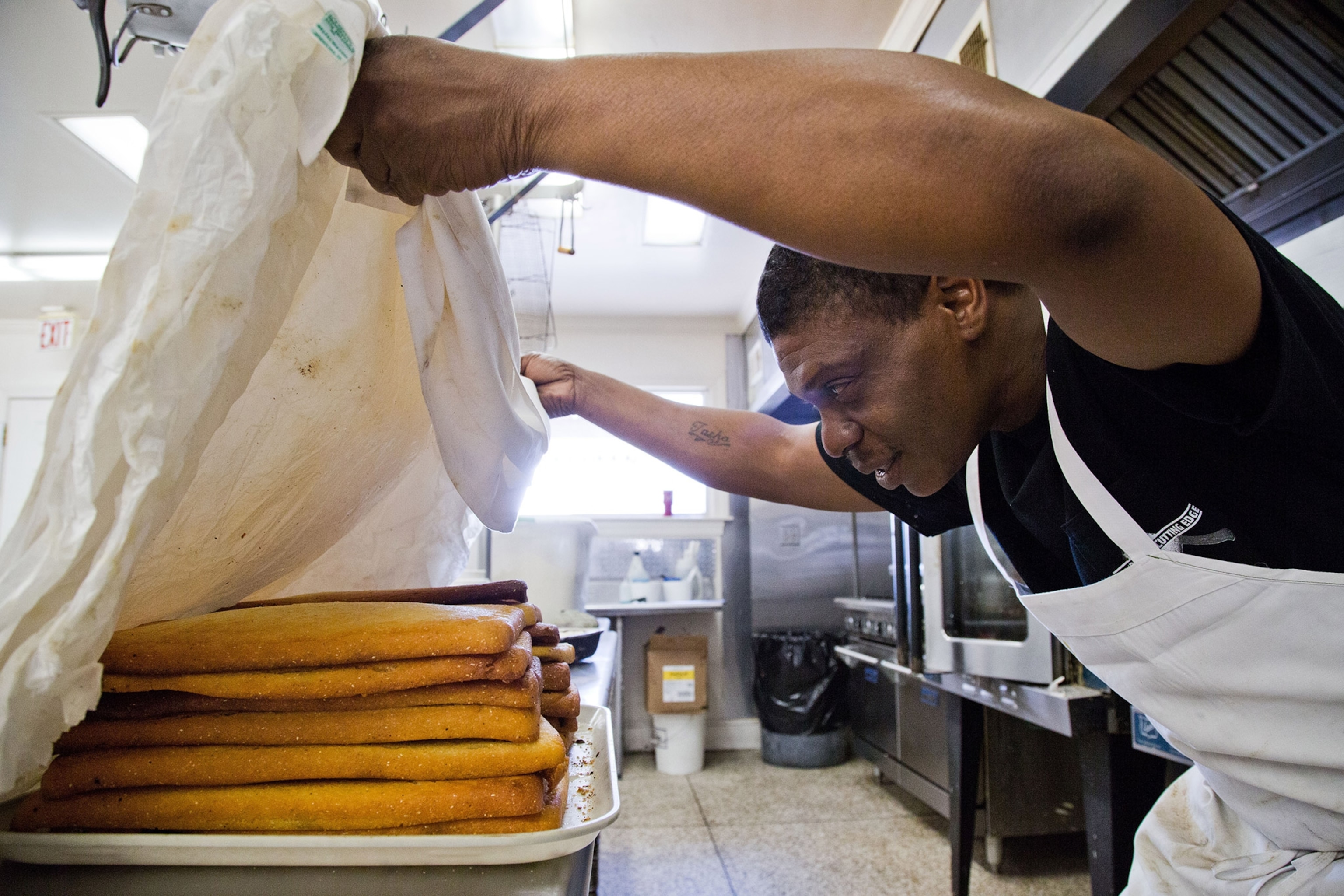
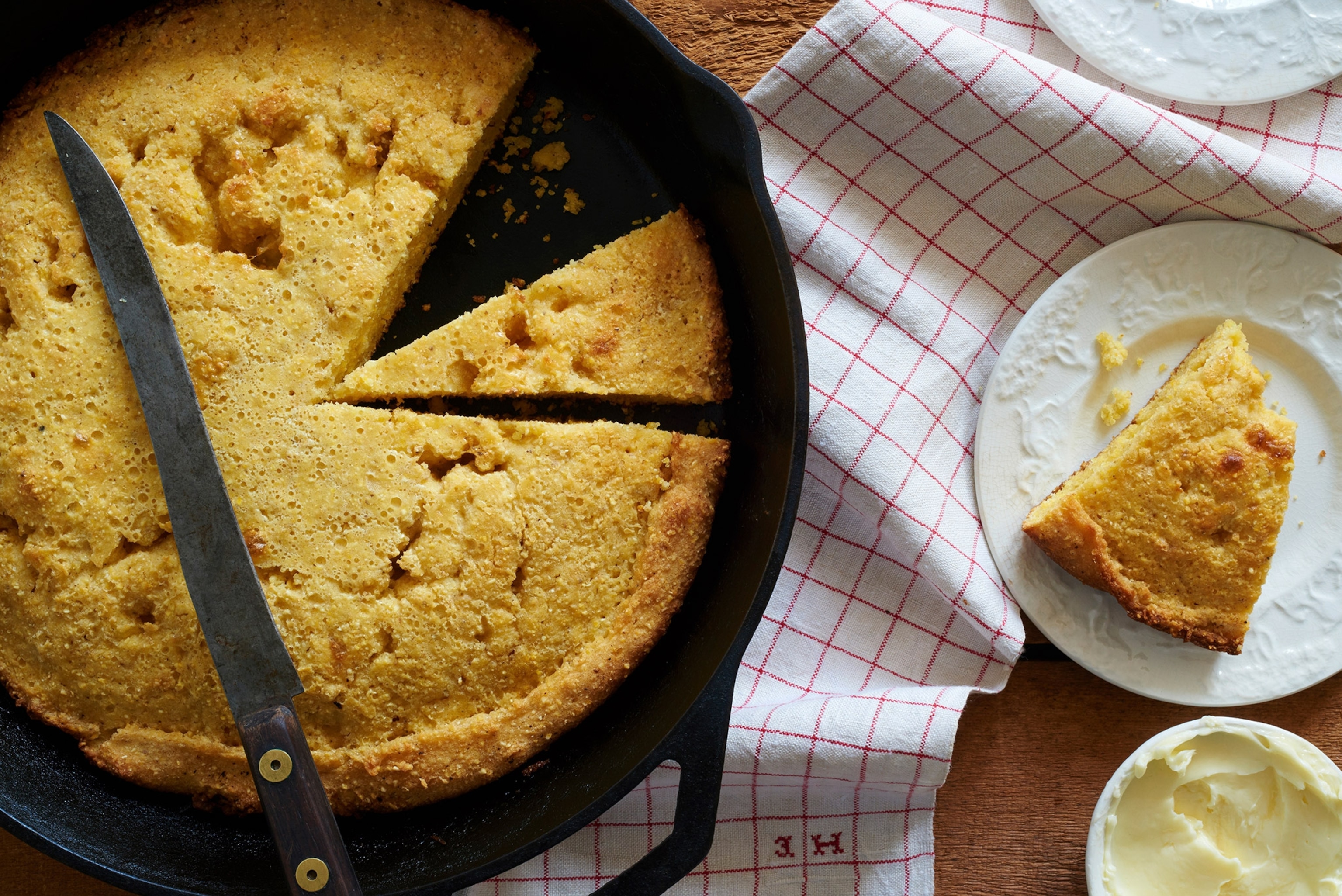
Germany’s goblin bread
The etymology of German pumpernickel bread is a little silly: “pumpern” means “to break wind,” and “nickel” means “goblin .” It’s said the name came about due to the bread’s indigestibility—a little unfair given how nutritious it is.
Germans love bread. On average, they each eat more than 175 pounds of it a year, but, surprisingly, not much pumpernickel. “The market importance in Germany is rather small,” explains Bernd Kütscher, director of the German National Bakers Academy and head of the German Bread Institute. “But rye breads can be found in every region. They’re ideal for traditional German dinners—a slice with ham, sausage, or cheese.”
Most rye breads are made from milled flour, but pumpernickel uses a coarser, crushed whole-berry rye. Also, like many rye breads, it’s made with sourdough starter instead of baker’s yeast, which keeps it from becoming inedibly dense.
Assuming it wasn’t invented by a goblin with an upset stomach, where does pumpernickel actually come from? “Westphalia, a region in western Germany,” says Bernd. “Legend has it that during the Soest Civil War [1444–1449], a baker forgot the bread dough he’d left in the cooling oven and found it the next day.” Today’s pumpernickel, like the absent-minded baker’s, takes a long time to prepare (up to 24 hours). Even after it’s baked, you can’t tuck in straight away. “The finished bread must cool for at least one day before it can be cut,” says Bernd. But for those who like their bread robust, it’s worth the wait.
The ceremonies of challah
With its slightly sweet taste and shiny finish, challah, the traditional special-occasion bread of the Jewish diaspora, tastes a bit like a French brioche. But the loaves that star in Sabbath dinners and other ceremonial occasions are kosher and dairy-free. “In the old days, to differentiate between day-to-day bread and shabbat bread, they added what were [then] expensive ingredients to the dough, like eggs, oil, and sugar,” says Uri Scheft, owner of Tel Aviv, Israel’s Lehamim Bakery and author of Breaking Breads: A New World of Israeli Baking. “The ritual is to bless the wine and then the challah, then sprinkle the bread with salt, and pass each person a piece.”
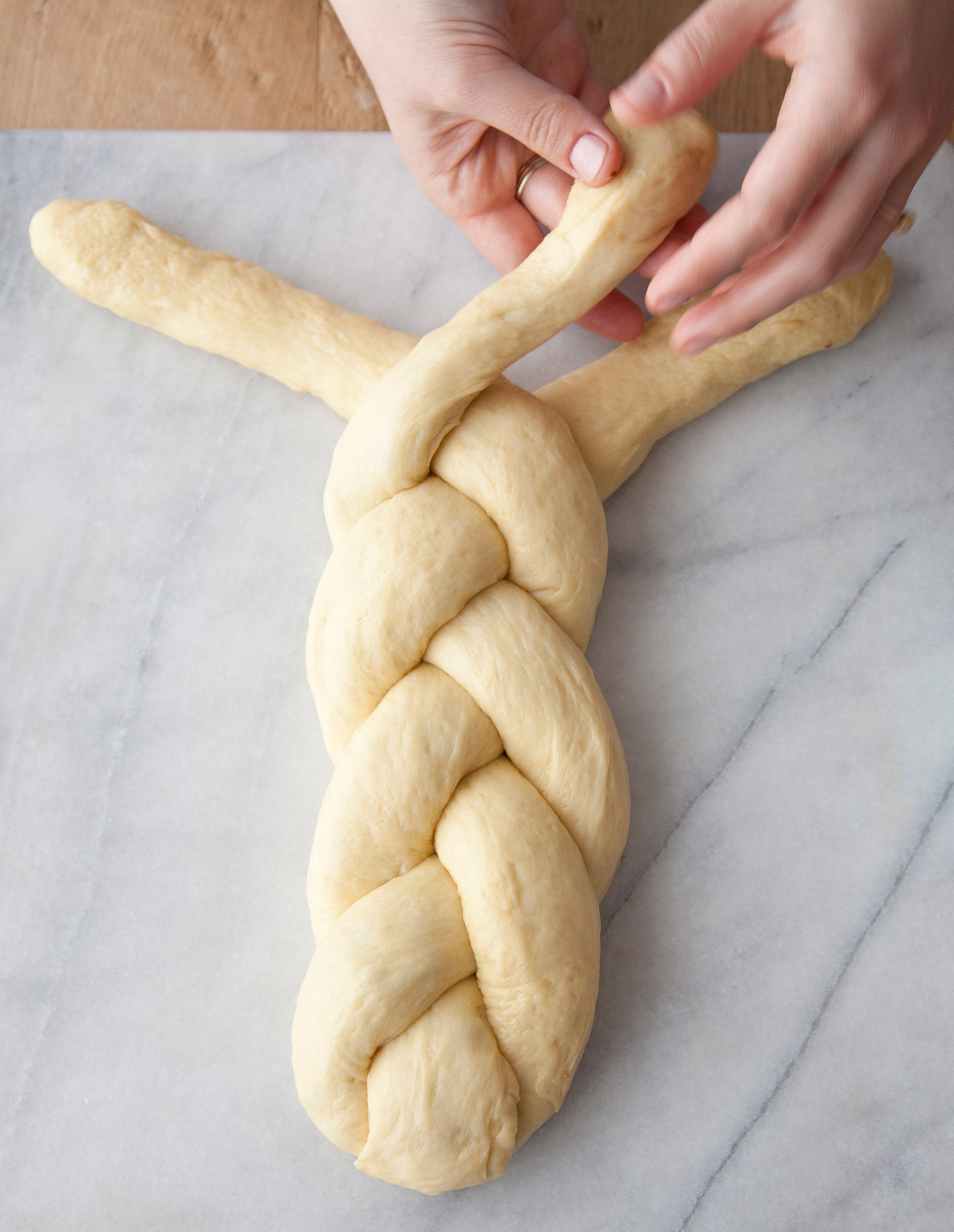
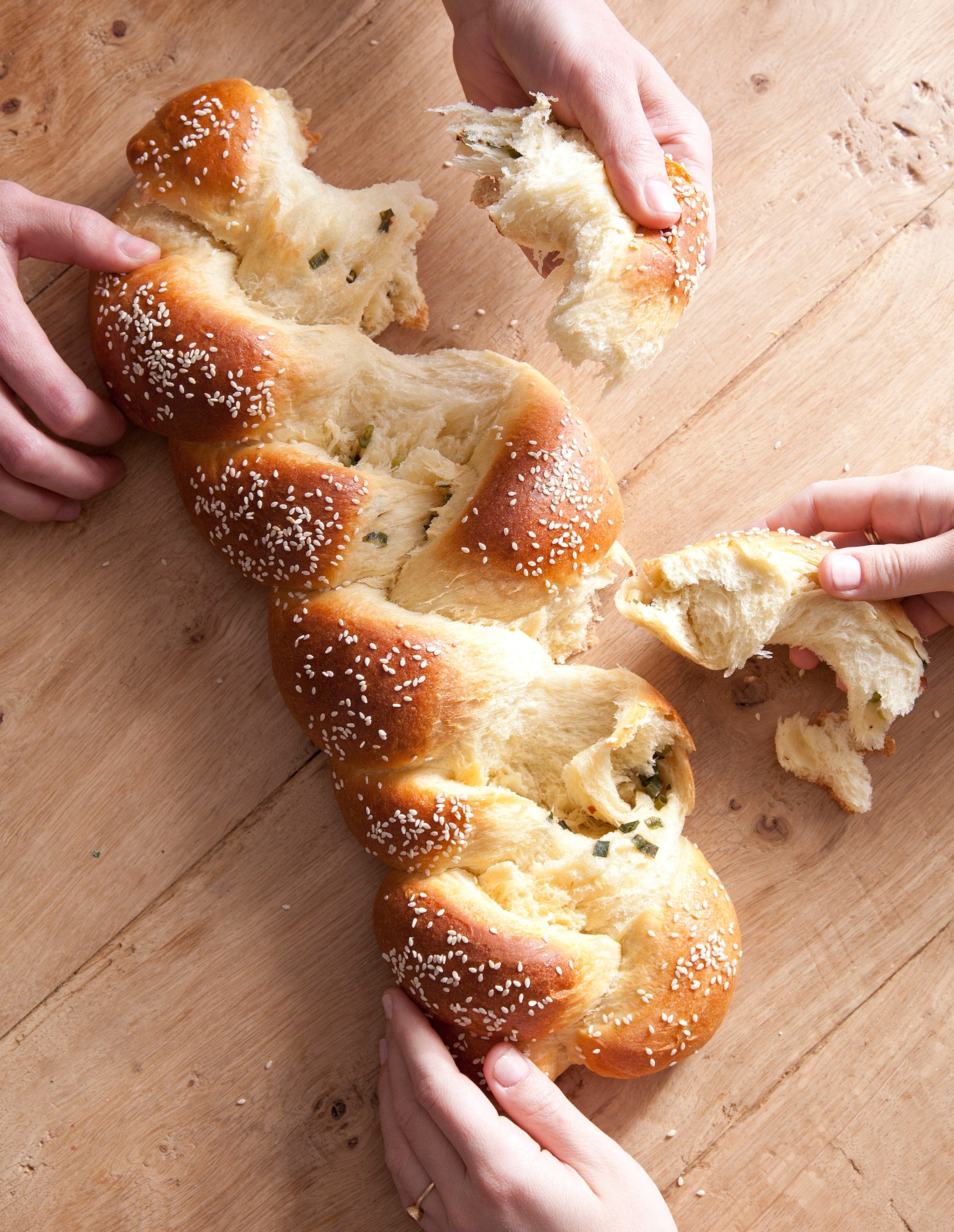
Scheft claims the best challah is made by slightly underkneading, underproofing, and underbaking, which results in a cottony, tender loaf. And while challah is often formed from three braided strands of dough, Scheft has seen numerous design (and recipe) variations. “In Djerba, Tunisia, the challah is shaped as a kishlaya (flower),” he says. “In Colombia, they add chocolate and streusel.”
Georgia’s cheesy bread
There are at least 53 different kinds of khachapuri, a traditional Georgian cheese-stuffed bread. It’s not hard to understand khachapuri’s popularity. Although each region has its own version, the one thing almost all share is that they’re filled or topped with a large amount of melted cheese (plus optional ground meats, potatoes, greens, or herbs). And they’re often served as a side, despite being at least the size of a small pizza.
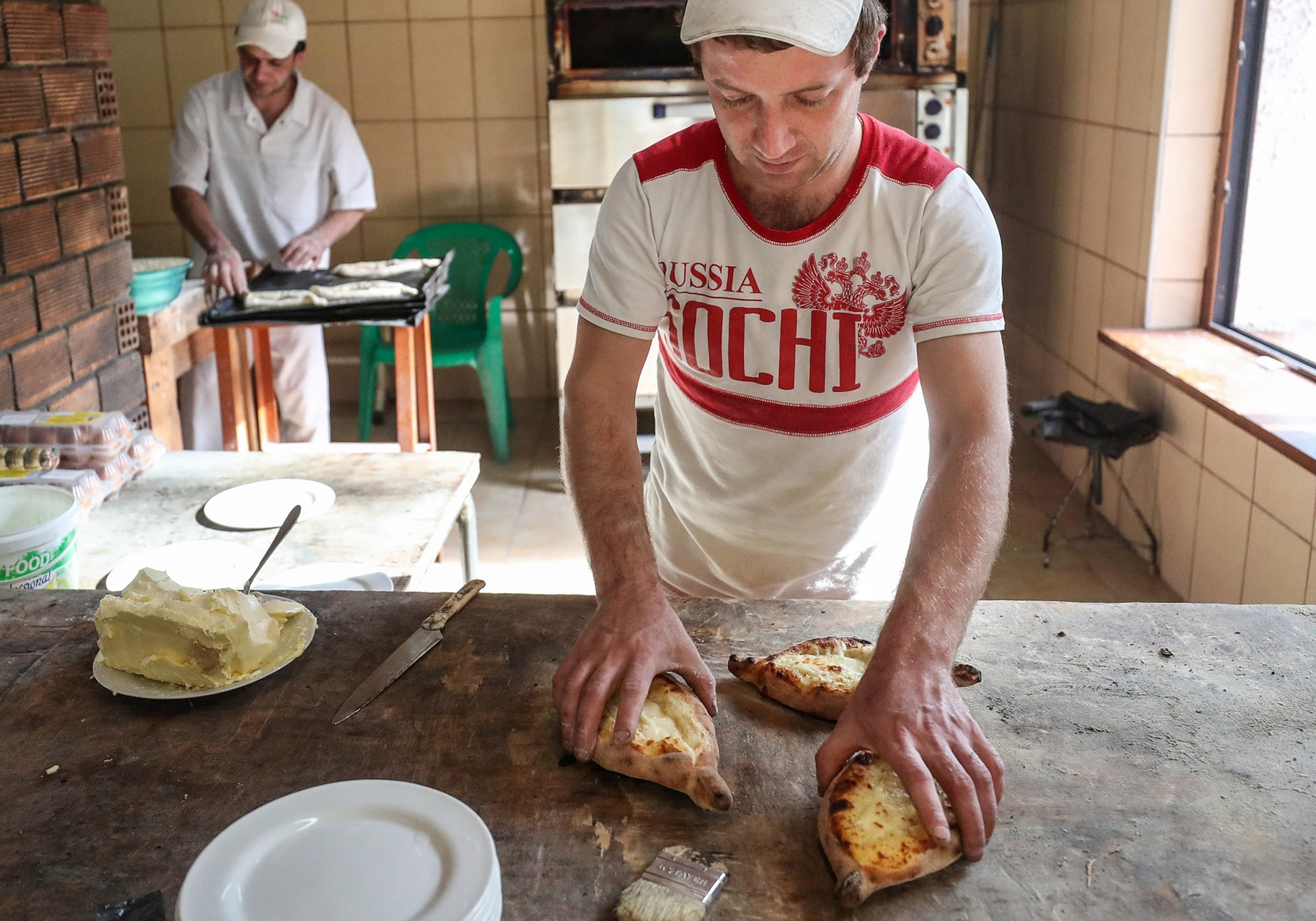
The boat-shaped adjaruli khachapuri, which originated near the Black Sea, is probably the most famous, and the easiest to find outside Georgia. It’s also even more unctuous than the basic dough and cheese version, given that, fresh from the oven, an egg is broken onto the bubbling cheese, cooked until barely set, and topped with a pat of butter.
In Paris, prize-worthy baguettes
Best served slathered in cool, creamy butter, perhaps with a slab of brie or top-quality ham, the baguette is as quintessentially French as a beret and a bottle of rosé. Indeed, the country is said to consume around 10 billion baguettes every year. Yet it seems not all are created equal. While the official ingredients of a baguette de tradition are flour, salt, yeast, and water, artisan bakers will painstakingly source their flour from specialist mills and work the dough in specific ways to produce a superior pain. Traditionally, five slashes (grignes) are made along the top of the loaf to let the carbon dioxide escape; the exact pattern varies from baker to baker and is akin to a signature.
Sourcing the best baguette in France would be a challenge—there’s just too much sold there daily. But limit your search to Paris, and help is at hand via an annual competition designed to suss out city’s best loaf. For the past 26 years, the Grand Prix de la Baguette has sorted the soggy from the crispy and the doughy from the fluffy. To enter, boulangeries from across the city submit two baguettes of identical weight and length to be scrutinized by a panel of chefs, bakers, and food experts. The winner receives €4,000.

